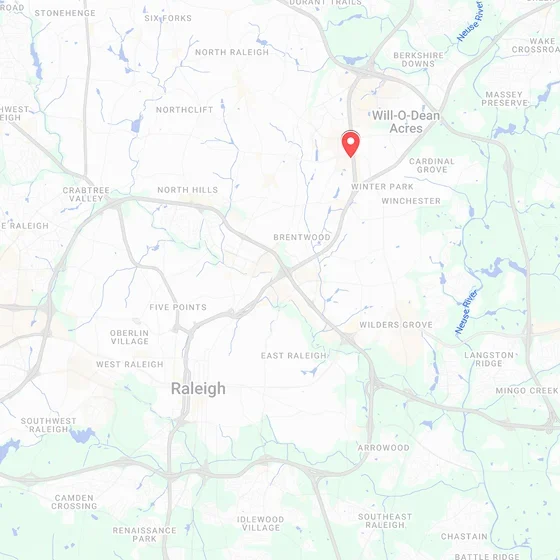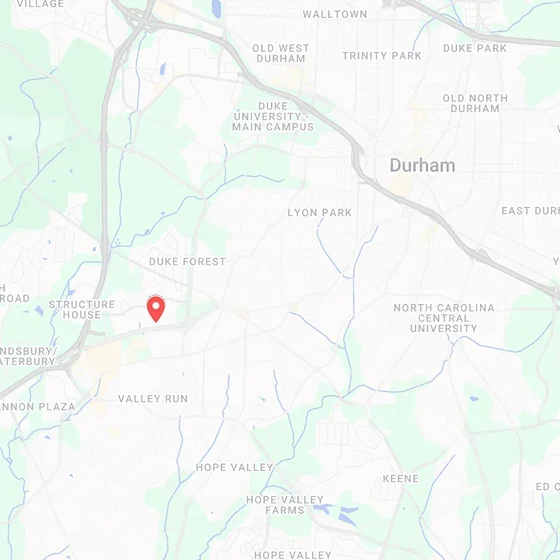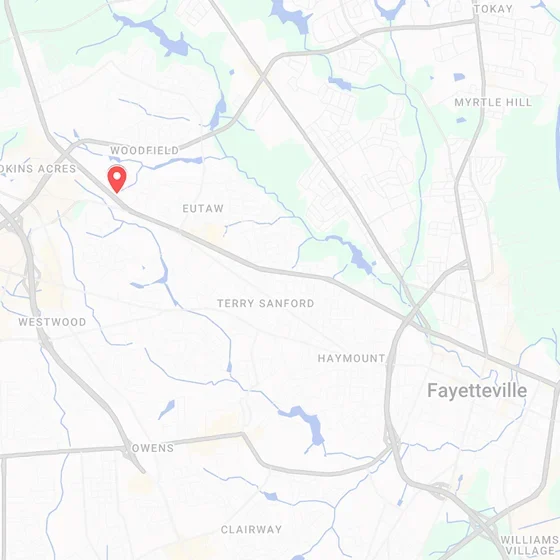Engineered Wood Flooring: The Pros, The Cons & The Costs
What is Engineered Hardwood? How much do you know about this type of flooring? Learn about what makes engineered wood floors a great choice for your home
Understanding Engineered Hardwood Flooring
As is hardwood’s reputation, it is an excellent material for making flooring products. Hardwood is a consumer favorite with its beautiful earthly visuals and its strong, durable performance – and engineered wood is further proof of what makes hardwood so sought after.
If the wood is engineered, that means it has been altered in some way from its original form, pertaining to either its appearance or its ability to perform as a piece of flooring. Wood is a natural material that comes from trees, but engineered wood has elements that are man-made, such as layers of wood veneers structured on top of each other. A plywood core is often also added to the construction for added strength.
In many ways, engineered wood is a way to make wood even better than it already is. It is engineered to improve the wood’s capabilities and make it stronger or more appealing. For example, wood can be engineered to have resistance against things that could damage a floor, such as water. Or, it could be engineered to prevent any scratching or denting.
Not only does engineered wood undergo changes before it is made into flooring, it can also be composed of different types of wood. Engineered wood is primarily made of wood fibers, wood scraps, and even sawdust.
There are two primary hardwood flooring types: engineered hardwood and solid hardwood.
Knowing the difference between engineered hardwood and solid hardwood may help you find the right hardwood flooring for your home.
Solid hardwood maintains its composure after it is harvested and chopped down, meaning that very little of the wood is changed as it is made into flooring planks. This means that advancements and other technologies that can help the flooring survive longer is not added to the final product.
Unlike solid hardwood, engineered wood is manipulated as it is turned into flooring and can have different elements added to it, such as coatings, treatments, and other technologies that can help protect the floor against damage.
Engineered Hardwood Pros and Cons
- Engineered wood can be treated and changed to include many performance boosters, allowing homeowners to find everything they want in a hardwood floor.
- While hardwood is not naturally resistant to water, engineered hardwood floors can be manufactured to be water-resistant. Additional cores can also stop sound from traveling from room to room, making active households less noisy.
- Engineered wood is also sustainable and eco-friendly. It is primarily made of wood fibers, wood scraps, and sawdust, meaning wood that may have otherwise been discarded can be used to make a beautiful floor. This means less waste and more repurposing!
- Engineered hardwood is also more customizable to fit a consumer’s design preferences. For example, if flooring of an unusual shape needs to be made, multiple planks of wood can be fused together.
- Engineered hardwood can also be added to other core constructions to make the floor thicker, warmer, and more durable. Additional cores can be added to engineered wood to give it performance attributes that hardwood often can not achieve on its own. For instance, adding extra core construction under engineered wood can make the floor resistant to water damage, as a thicker core can stop water before seeping all the way through and possibly damaging the floor.
There are very few cons to engineered wood flooring as the product is beautiful and is high performing. One thing to keep in mind is that no hardwood is 100 percent waterproof. By definition, water that makes contact with hardwood has the possibility of causing damage.
However, engineered hardwood is a great choice for households that see a lot of spills.
Engineered hardwood can be treated with special technology that keeps water suspended atop the wood’s core so the homeowner has time to dry any wetness. These treatments keep water from going through the floorboards and damaging the wood planks.
Engineered wood can also include added cores and veneers so the floor is thicker and stronger. While this means the floor may not be completely composed of only pure hardwood and nothing else, it does make the floor stronger and less likely to need replacing for many, many years.
Considering the Cost
Hardwood flooring is a luxurious, premium product for the home. Because it is made of organic material from forests, it requires more work to create and is more costly than other flooring types that may be made of plastic materials. But one thing is for sure—hardwood floors are worth the money, as they are beautiful, high-end choices that make the home warm, cozy, and comfortable.
One way to prevail against dirty grout without scrubbing is to create your own cleaning mixture. Try combining a ½ cup of baking soda with a ¼ cup of hydrogen peroxide and 1 teaspoon of liquid dish soap.
More Engineered Flooring Advantages
Engineered wood can make the entire wood flooring experience easier. For one, engineered hardwood installation is less time-consuming, meaning your family can enjoy a new wood floor faster!
It is also easy to maintain engineered wood floors. Caring for these floors requires minimal upkeep other than typical floor cleaning practices. The floors should be regularly swept or vacuumed to remove the typical everyday dirt or debris. For areas of the home that see a lot of foot traffic, use of a damp mop with soap and water can occur regularly and then properly dried.
Do not use abrasive chemical cleaners for engineered hardwood maintenance, but if you would like to use one, try to find one specific to hardwood floors. As always, be sure to remove any water that falls on the floor quickly and suitably.
Conclusion
When it comes to selecting the right floor for your room, engineered wood floors have so much to offer. Whether it’s attractive, lively visuals or reliable performance that can handle your pets and kids, engineered hardwood flooring can deliver everything you’re looking for. Sustainable, design-savvy, durable, and customizable – there’s no limit to how an engineered wood floor can enhance your home. With so many options, consider the different types of hardwood species available. Also, what size planks would look best in your space?
FAQs
Can engineered hardwood flooring be refinished?
Yes, engineered hardwood flooring can be refinished, but the number of times it can be sanded and refinished is limited compared to solid hardwood. Following manufacturer guidelines and working with a professional flooring contractor is essential to ensure the refinishing process is done correctly.
How do I maintain and care for engineered hardwood flooring?
To maintain engineered hardwood flooring, regularly sweep or vacuum to remove dirt and debris, use a damp mop or hardwood floor cleaner for routine cleaning, and promptly wipe up any spills or moisture to prevent damage. Avoid harsh chemicals or abrasive cleaners, as these can damage the flooring’s finish.
Can engineered hardwood flooring be installed over concrete or radiant heating systems?
Yes, engineered hardwood flooring can be installed over concrete subfloors or radiant heating systems, making it a versatile option for various types of installations. However, following manufacturer recommendations and proper installation techniques is essential to ensure optimal performance and longevity.
Is engineered hardwood flooring suitable for pets and high-traffic areas?
Engineered hardwood flooring is more durable and resistant to wear and tear than solid hardwood, making it suitable for homes with pets and high-traffic areas. However, it’s essential to choose a hardwood species and finish that can withstand the demands of your household and maintain regular maintenance to keep the flooring in top condition.










